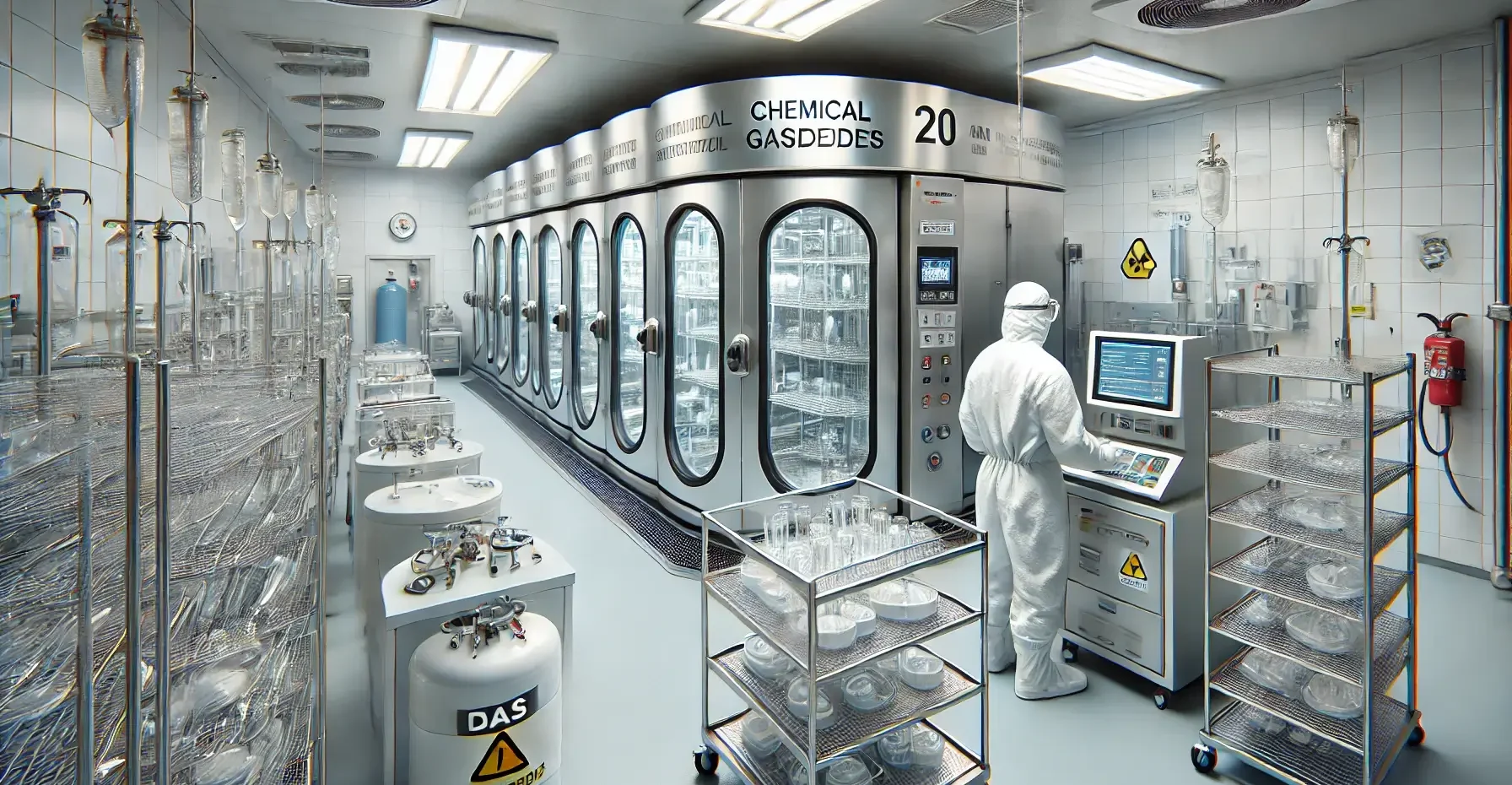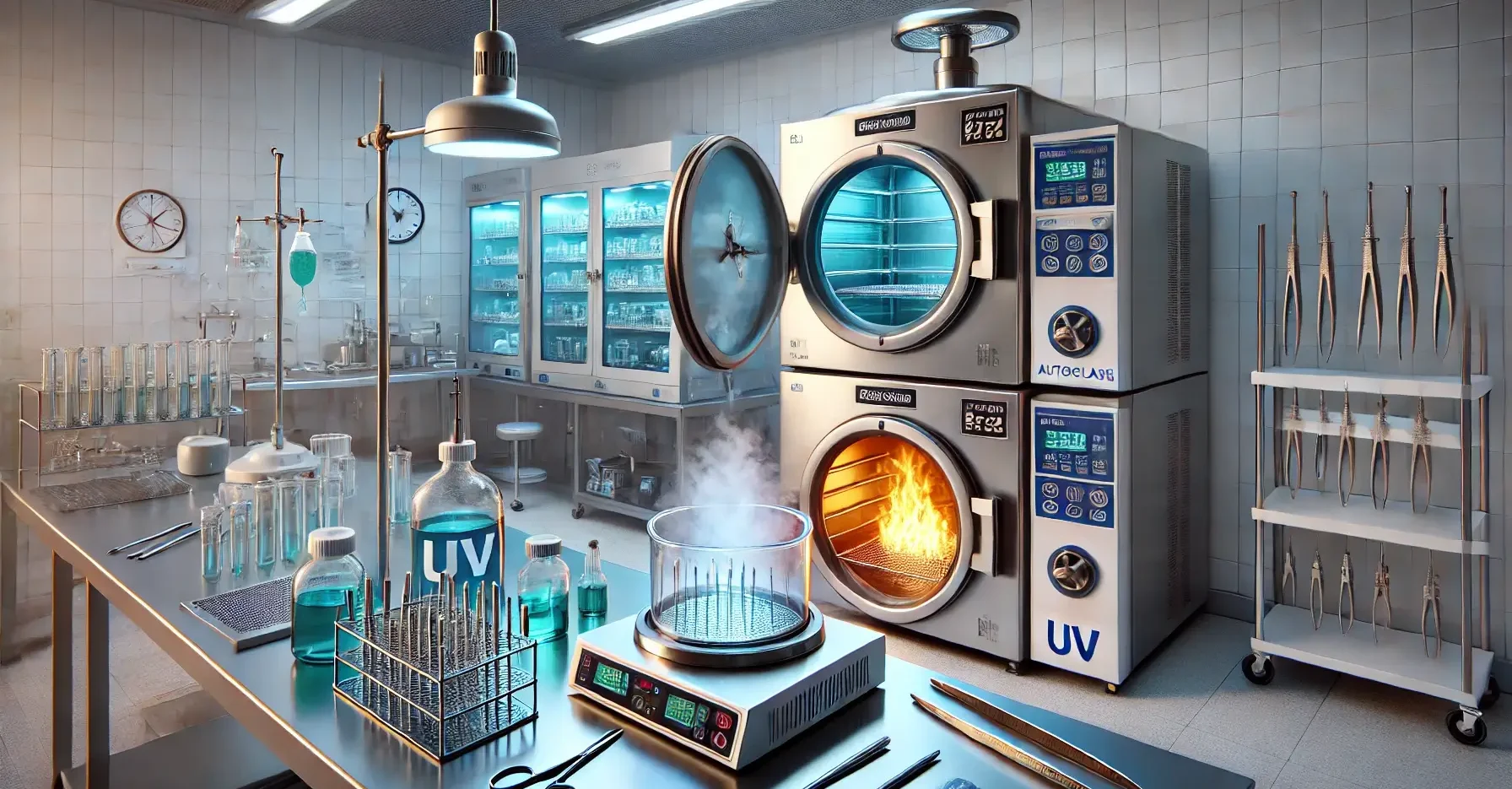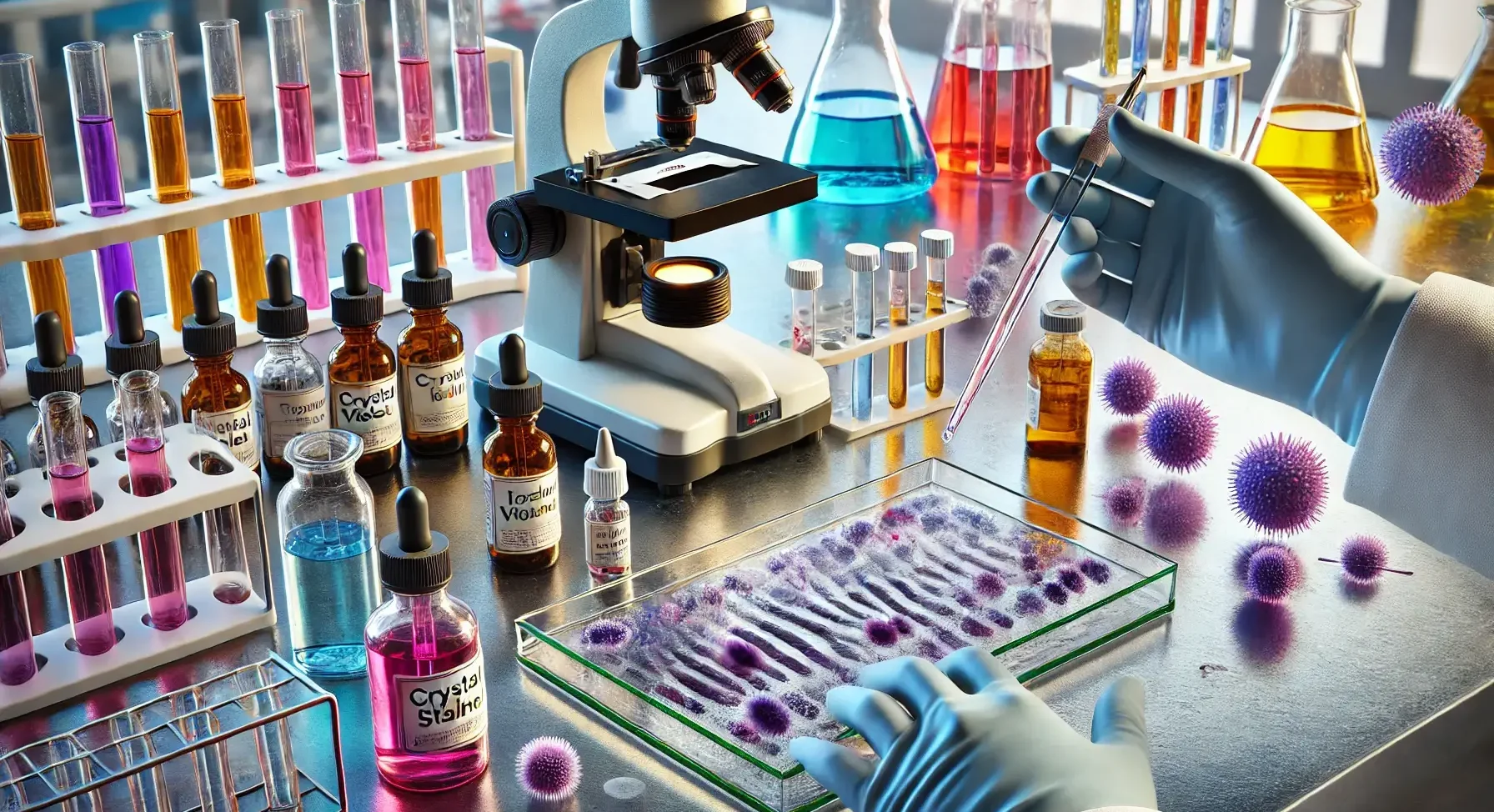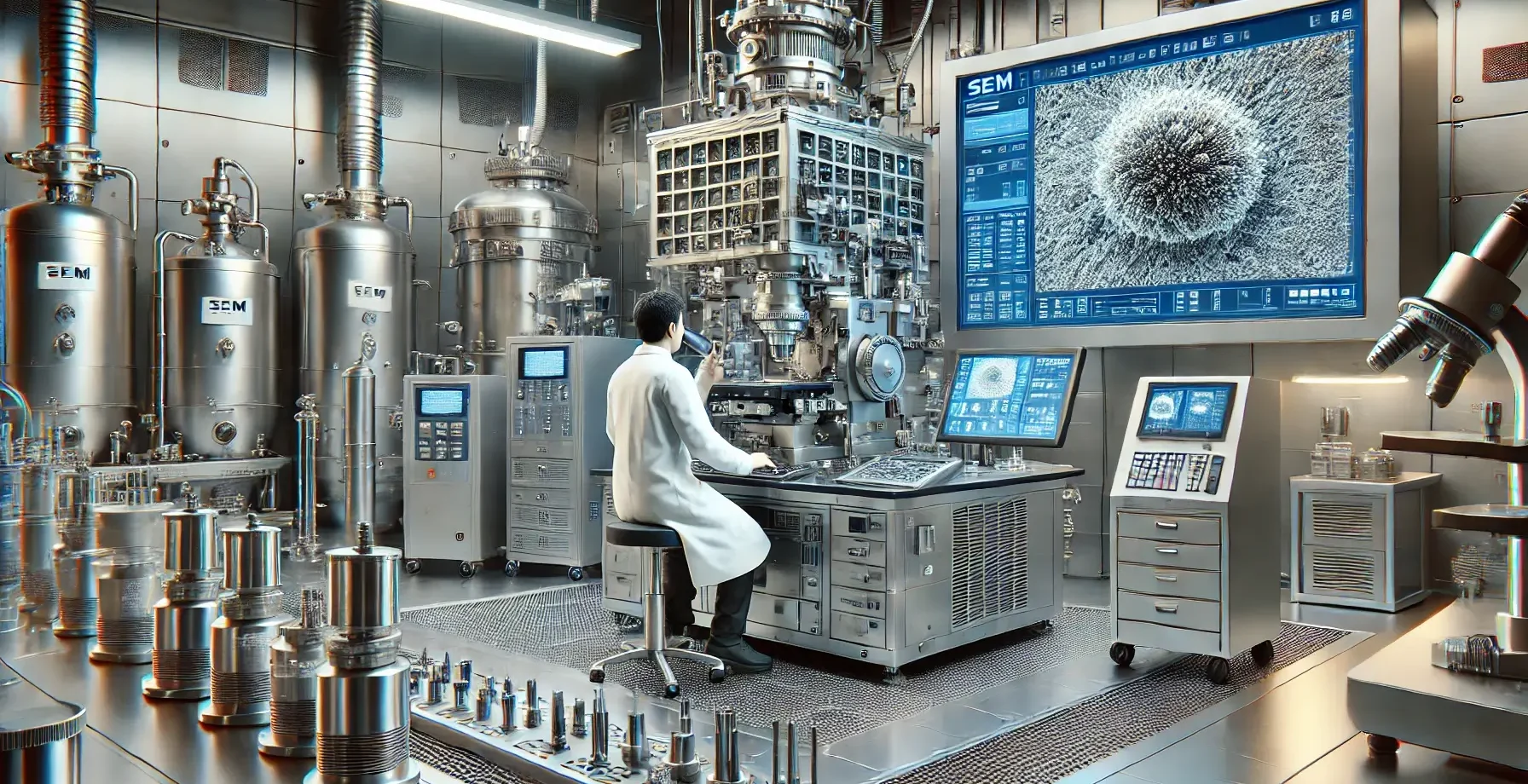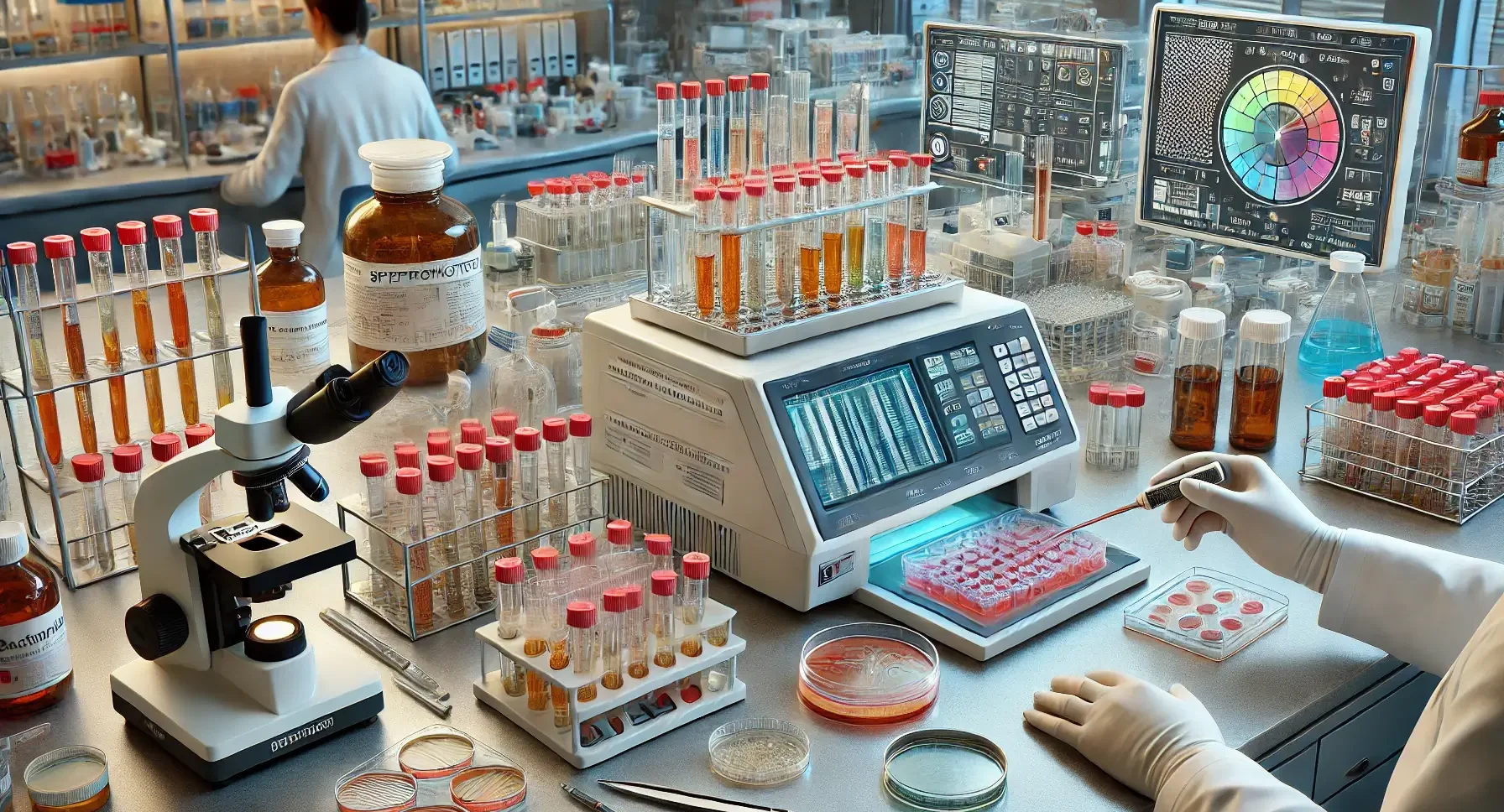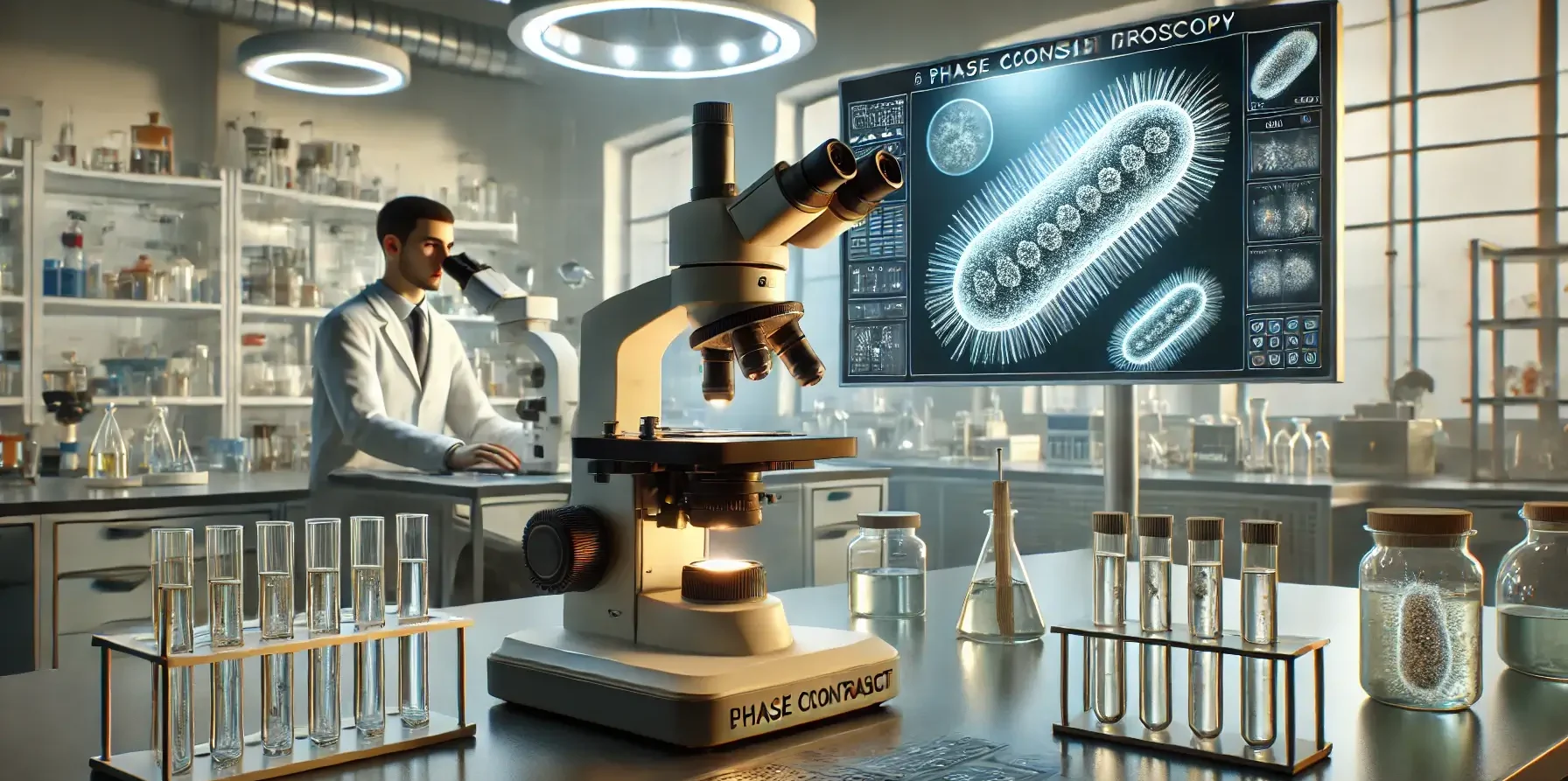Chemical gaseous method of sterilization
Chemical gaseous sterilization is an effective method used to sterilize heat-sensitive materials that cannot withstand high temperatures or moisture. This method utilizes gases, such as ethylene oxide (EtO) and formaldehyde, to achieve sterilization by disrupting the DNA and protein structures of microorganisms. Below is a detailed study of the principle, procedure, merits, demerits, and applications … Read more

